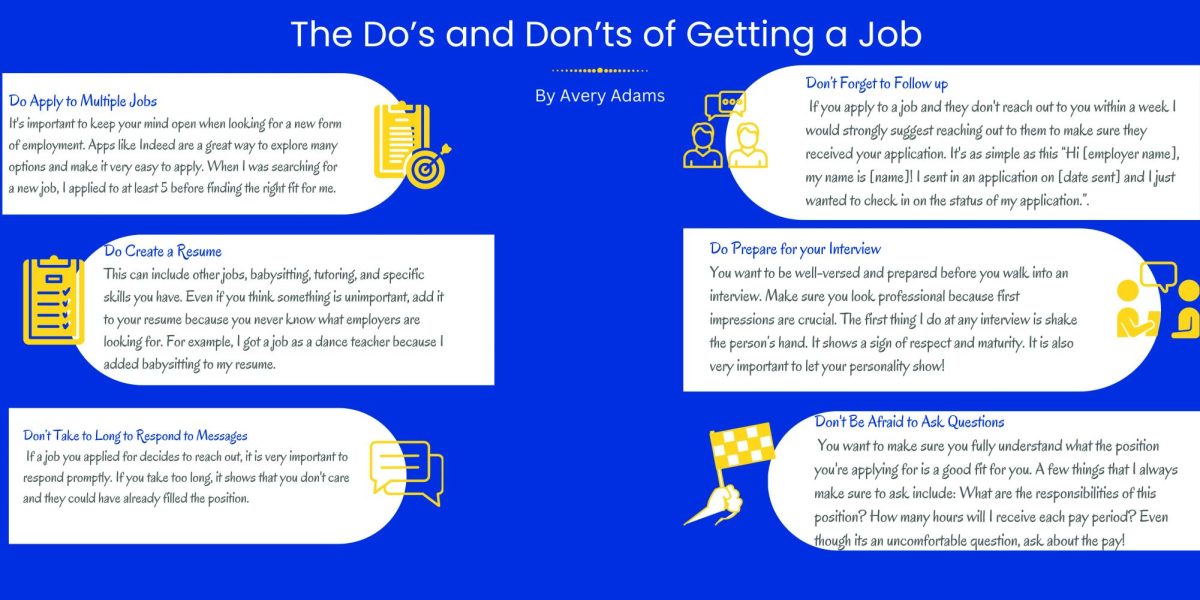
If all other methods of procrastination fail, our generation doesn’t have to worry anymore: Netflix is accessible almost everywhere you go. Available by phone, computer, or television, Netflix creates an even bigger procrastination problem than the usual techniques in youth today.
Not only does Netflix serve as a procrastination outlet, but it can serve almost any purpose concocted by youth today. Feeling bored? Watch Netflix. Upset about a bad day? Netflix can help you relax. Nothing to do with friends? Netflix has your back. No matter what the problem is, people always seem to use this online service as an escape from reality.
Before Netflix even existed, studies found that the average person watches three hours of television. This means that someone who lives to 75 would spend nine years in front of the television. What problems could be solved in those three hours? We might not be able to solve world hunger, but hey, maybe I could get that math homework done. Or I could watch five episodes of Gossip Girl. The real question is, is it a matter of my own will power or a psychological problem?
BTIG analyst Richard Greenfield told CNBC that Netflix currently has 31 million subscribers worldwide. He predicts that by the end of 2015, they will reach 40 million viewers. In addition, Greenfield says that the average viewer spends 93 minutes per day watching different shows.
While an hour and a half does not seem like a lot of time for just one individual, putting it in the perspective of 31 million people makes me wonder about the productivity of people today. It was bad enough when people were wasting 93 minutes of their lives, but when you put it in perspective of nine years, it seems absolutely ridiculous. However, some researchers say that television watching is not always a personal decision.
In Scientific American by Robert Kubey and Mihaly Csikszentmihalyi, researchers used an electroencephalogram to track participants’ brain waves while watching television. The brain scans showed less mental stimulation while the participants watched the show. In addition, participants reported that they were very relaxed while the program was playing and had trouble concentrating after viewing the show. I will admit that I certainly have felt these effects after having a Gossip Girl marathon. I had no motivation to work on anything after I spent a couple of hours watching Serena and Blair constantly fighting. Reality was so boring in comparison to the lives of the Upper-East siders.
According to the studies, people have been classically conditioned to associate TV watching with rest and lack of tension. For those of you who have yet to take psychology, classical conditioning is a style of learning based on conditioned associations. An unconditioned stimulus will result in a natural, unconditioned response.
However, people can condition themselves to respond to a conditioned stimulus to elicit the same unconditioned response. In the case of television watching, people who frequently watch television learn to expect a natural state of relaxation. As a result, people who watch more TV are more prone to feeling irritated or anxious when they are not watching a show.
Because of the accessibility of the service, people who have undergone operant conditioning can constantly use it as a way to calm down. People have forgotten other modes of relaxation as a result of Netflix. I shouldn’t need to live vicariously through Serena and Blair to relax. What happened to enjoying the outdoors? Does anyone ever read a book anymore? Why can’t we just paint a nice picture to relax?
Fifteen years ago, when Netflix didn’t exist, people found ways to ease their stress without having to involve being lazy. As the future leaders of the world, our generation should be able to break away from this addiction to television and focus on more productive ways of spending our valuable time.







